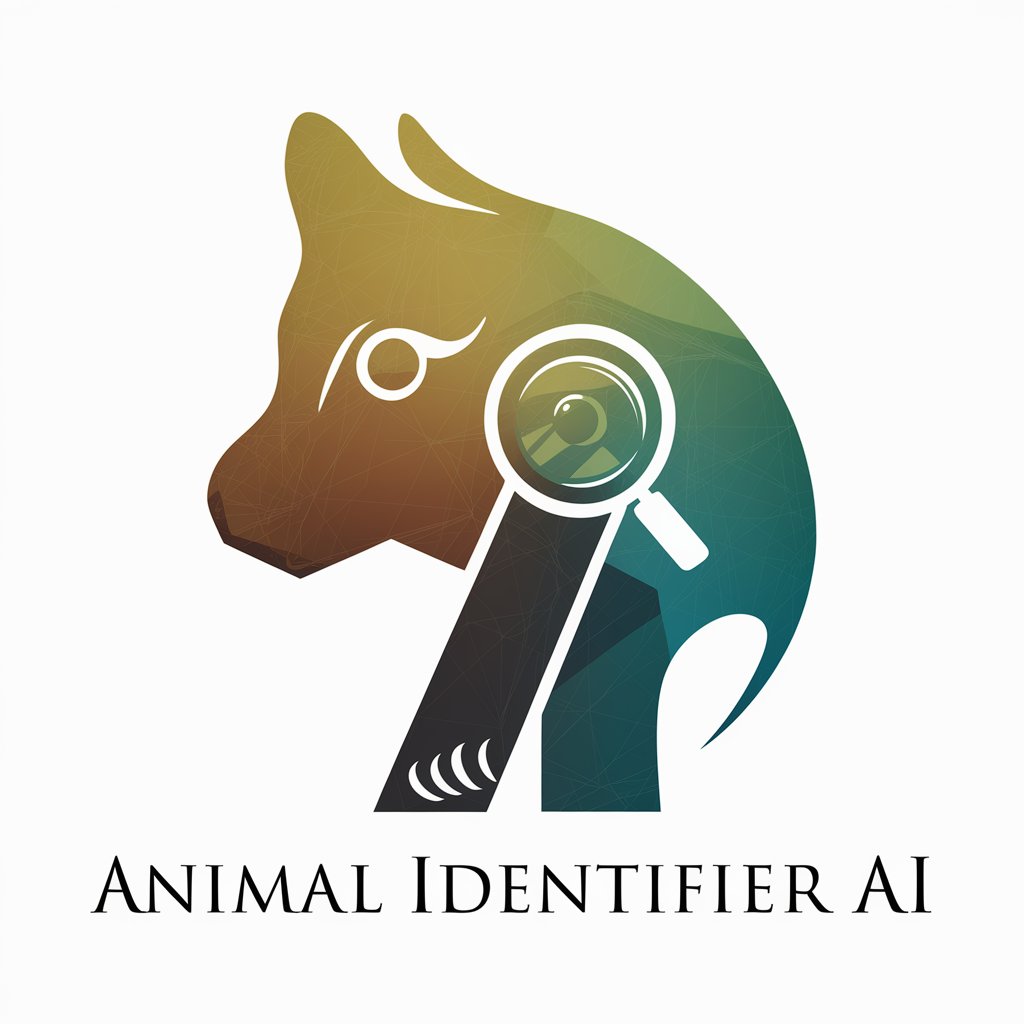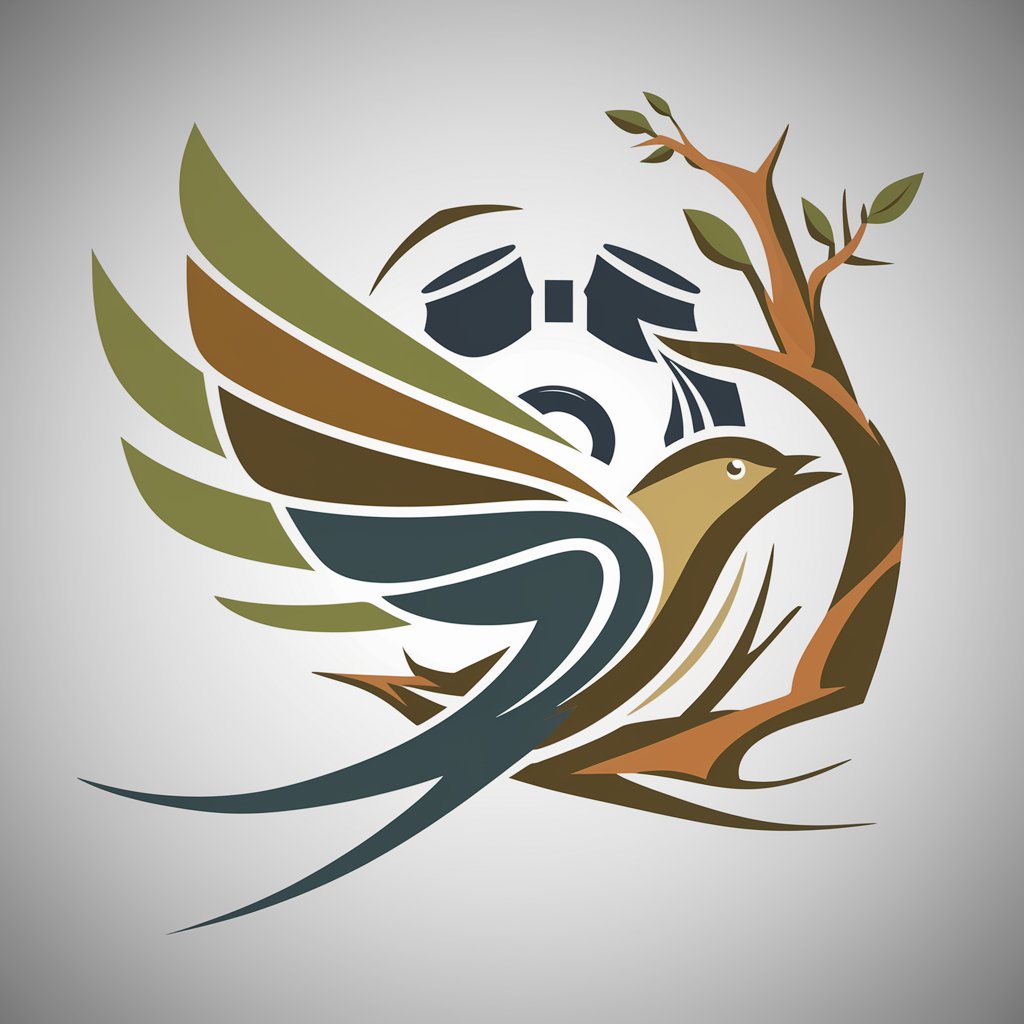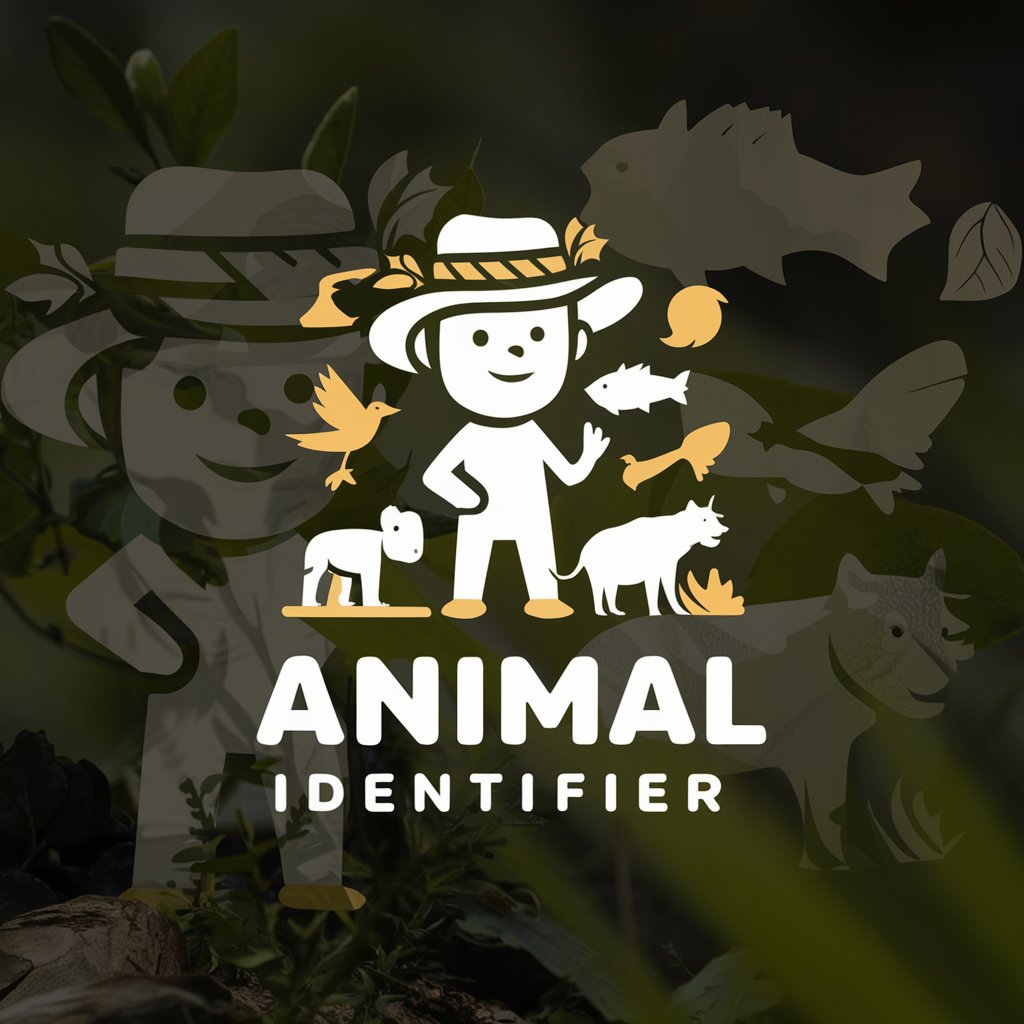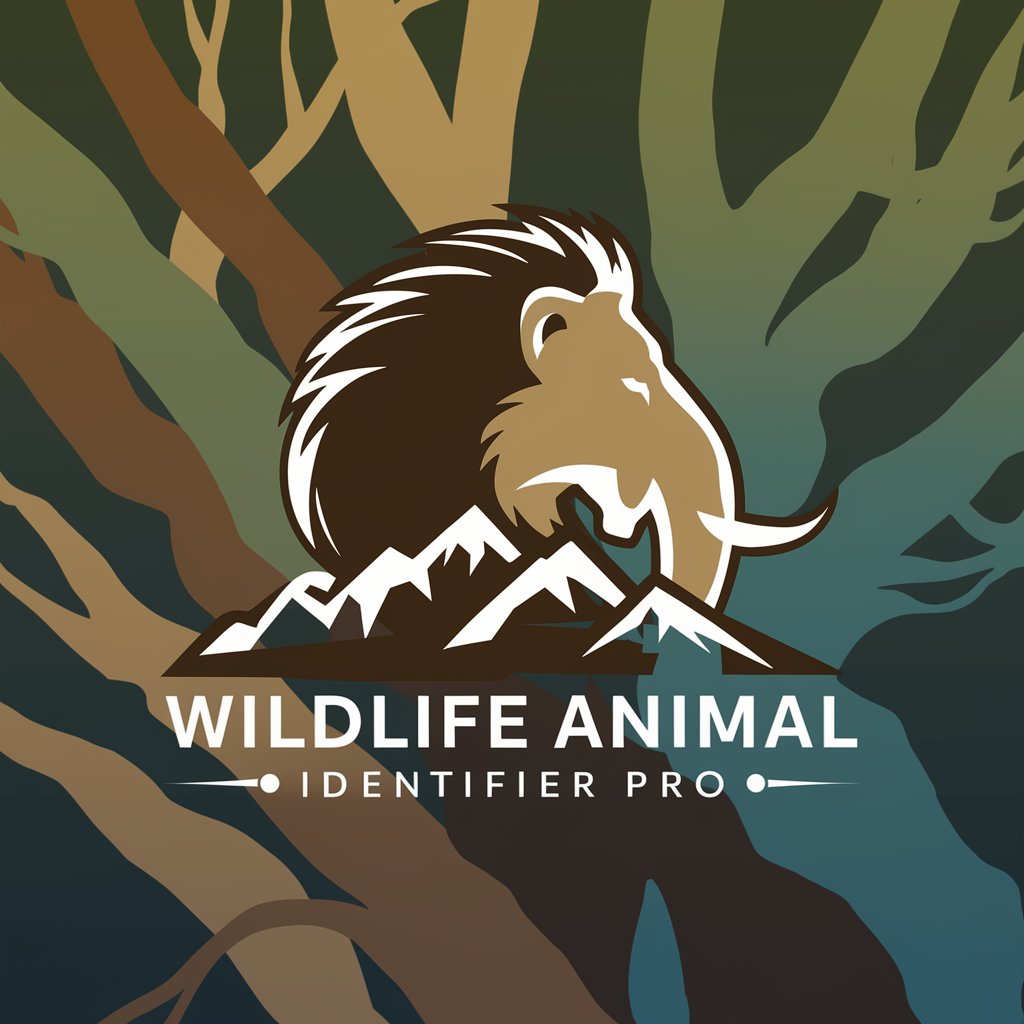
Wildlife Identification - AI-Powered Wildlife ID

Hi there! Ready to explore the world of wildlife?
Discover nature with AI insight
Describe a bird you saw recently, and I'll help identify it.
Tell me about an interesting insect you found, and we can learn more about it together.
Seen a strange animal in your backyard? Describe it, and I'll help you figure out what it is.
Curious about a creature you encountered on a hike? Share the details, and let's identify it.
Get Embed Code
Overview of Wildlife Identification
Wildlife Identification is designed to assist users in recognizing and understanding various wildlife species, including animals, birds, and insects. Its core purpose is to provide detailed information about the characteristics, habitats, and behaviors of wildlife, thereby fostering a deeper appreciation and knowledge among users. For example, when a user describes a bird they've spotted with a bright red crest, black body, and distinctive call, Wildlife Identification can identify the bird as a Northern Cardinal and offer insights into its habitat preferences, diet, and mating rituals. This tool is built to be intuitive, providing rich, engaging content that enhances the user's connection with nature. Powered by ChatGPT-4o。

Core Functions and Applications
Species Identification
Example
Identifying a spotted animal in your backyard as a bobcat based on its physical description and behavior.
Scenario
A user encounters an unknown animal in their garden. By describing the animal's size, color, and behavior, Wildlife Identification can determine the species, offering safety advice and conservation status.
Habitat Information
Example
Describing the preferred environments of the American Robin, such as open grassy areas, gardens, and forest edges.
Scenario
A user planning a wildlife-friendly garden seeks advice on which birds might visit. By learning about different species' habitats, they can choose plants that attract specific birds.
Behavioral Insights
Example
Explaining the migratory patterns of the Monarch butterfly and its reliance on milkweed plants for breeding.
Scenario
A user notices a large number of butterflies in the area during a particular season. Wildlife Identification provides insights into migration habits and how to support these insects by planting native flora.
Target User Groups
Nature Enthusiasts
Individuals with a passion for wildlife and the outdoors, seeking to learn more about the animals and insects they encounter. These users benefit from detailed species identification and habitat information, enriching their outdoor experiences.
Educators and Students
Teachers and learners at various educational levels can utilize Wildlife Identification to enhance biology and environmental science lessons, making theoretical knowledge concrete through real-world examples.
Conservation Volunteers
People involved in wildlife conservation and habitat restoration projects can use this tool to identify species in their project areas, understand their ecological roles, and implement more effective conservation strategies.

How to Use Wildlife Identification
Start Without Signup
Access the service directly at yeschat.ai for an initial free trial, no registration or ChatGPT Plus subscription required.
Describe the Wildlife
Provide a detailed description of the animal, bird, or insect you wish to identify, including color, size, and location observed.
Review the Information
Receive detailed information about the wildlife, including its habitat, behavior, and other interesting facts.
Utilize Advanced Features
For complex inquiries or further exploration, use the tool's advanced features to dive deeper into species specifics and conservation status.
Provide Feedback
To enhance the tool's accuracy and your experience, provide feedback on the information received and any additional insights you're seeking.
Try other advanced and practical GPTs
Bookshelf
Elevate Your Shelves with AI

Return on Assets (ROA)
Maximizing Profits with AI-Powered Efficiency

Building Trades
Empowering Construction with AI

Wholesale
Empowering your wholesale strategy with AI.

Luxury Real Estate
Empowering Luxury Real Estate Decisions with AI

Ski
Elevate Your Slopes Experience with AI

Pro Life
Advocating for Life with AI

Yard Tools
AI-Powered Yard Maintenance Advisor
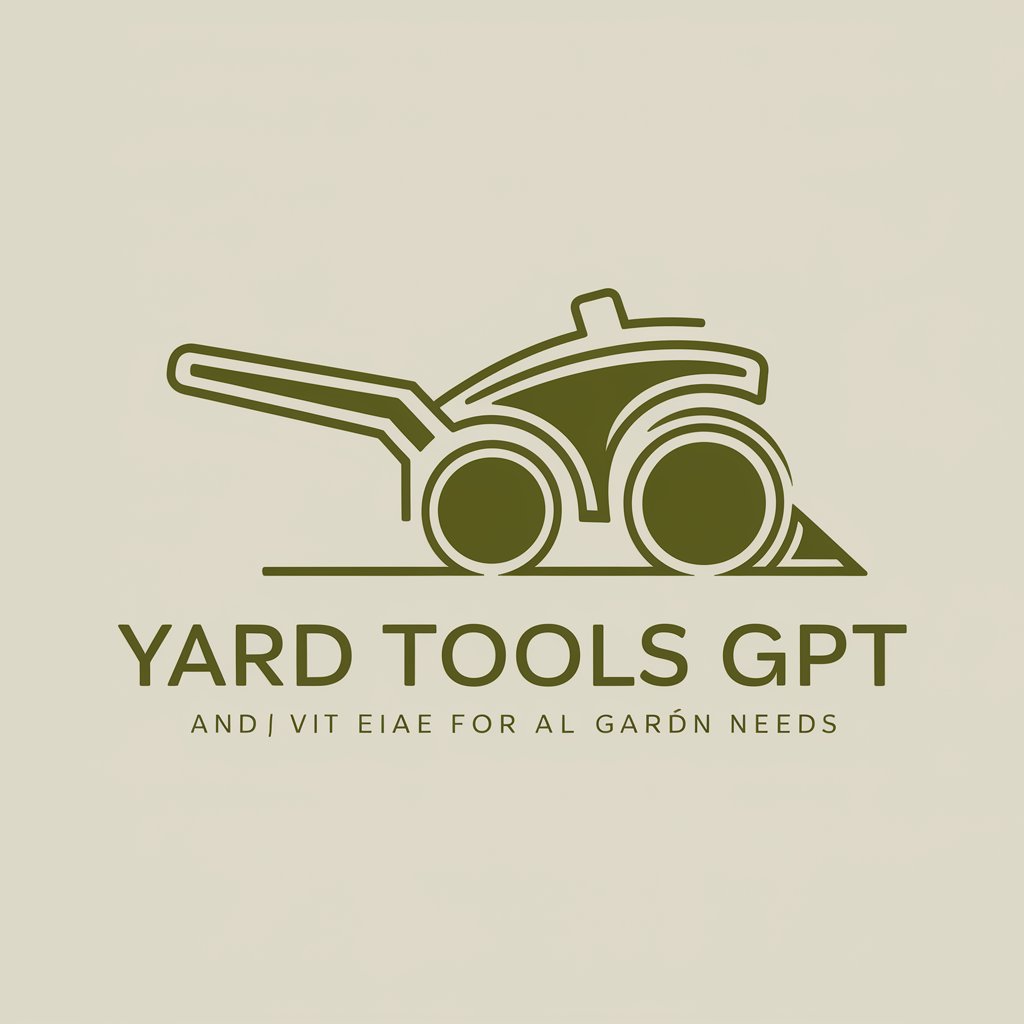
Valuable
Discover the Story Behind Every Valuable

Protection Plan
Empowering Your Purchases with AI

Rare
Unveiling the Uncommon with AI
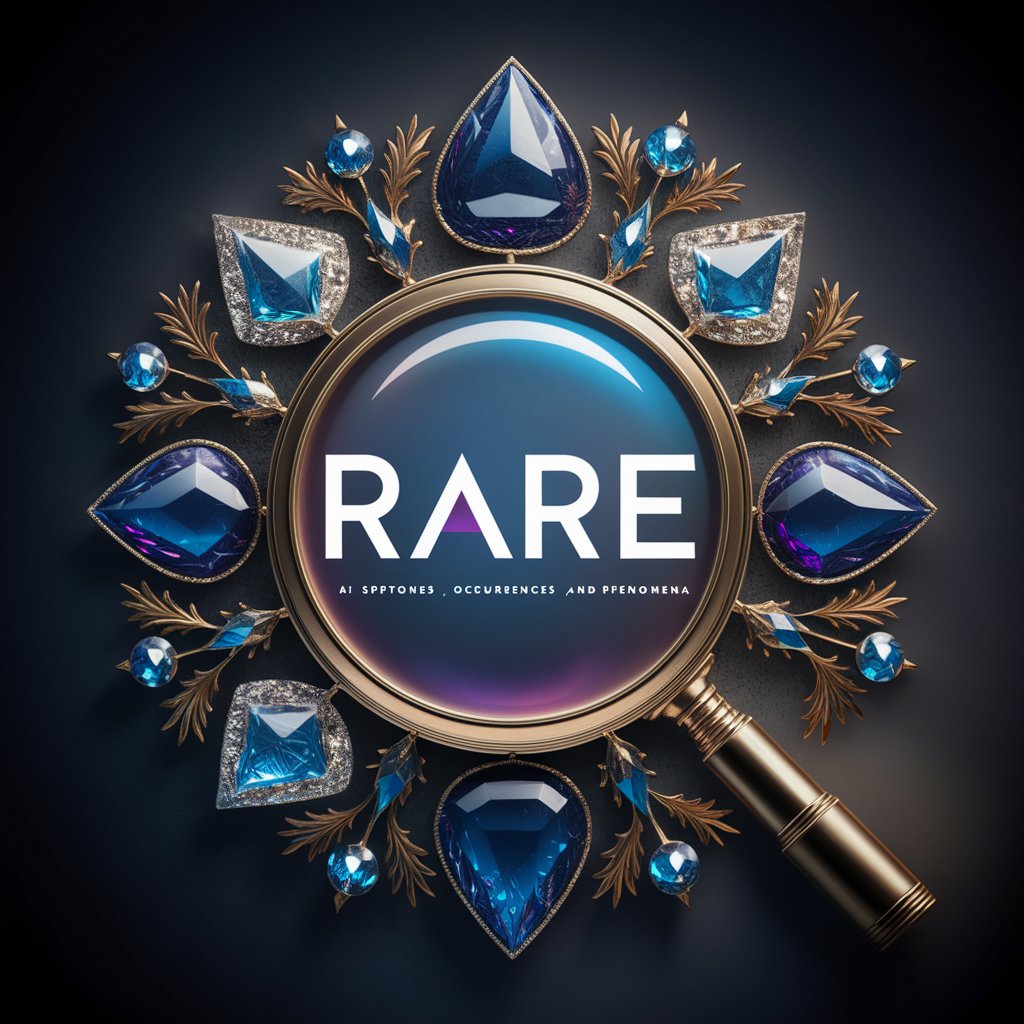
Law
Empowering legal discovery with AI.

Wildlife Identification Q&A
How accurate is the Wildlife Identification tool?
Our tool uses advanced AI algorithms to provide highly accurate information based on the latest wildlife data and research, ensuring reliability in identification and facts.
Can it identify endangered species?
Yes, the tool is equipped to identify endangered species and can provide additional information on conservation status, threats, and efforts to protect these species.
Is there a mobile app version?
Currently, Wildlife Identification is accessible through web platforms, with plans to expand to mobile apps for easier field access in the future.
How can this tool help with academic research?
Academics can leverage this tool for precise species identification, habitat information, and behavioral data, enriching research papers and environmental studies.
What should I do if the tool cannot identify a species?
If a species isn't identified, refine your description with more details or use the tool's feature to submit a query for manual review by our wildlife experts.
